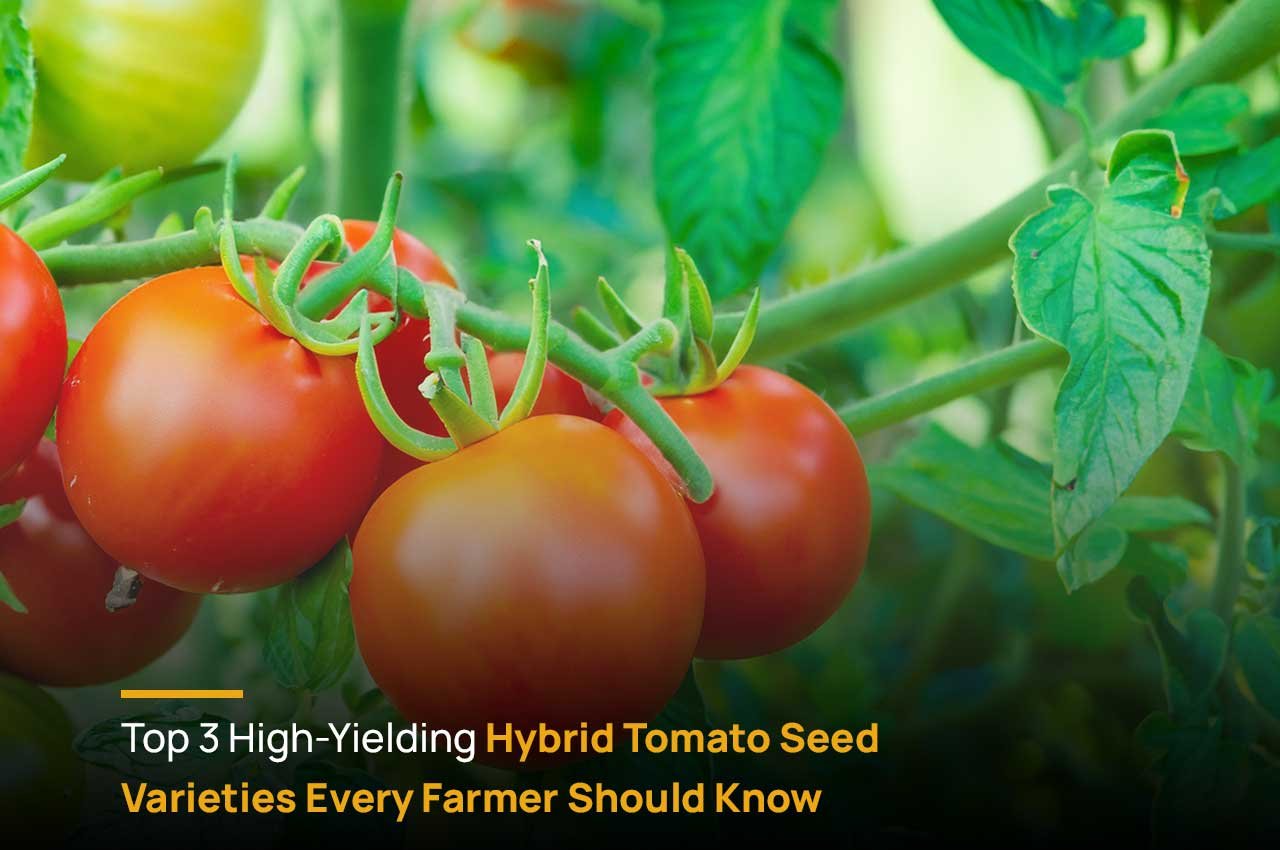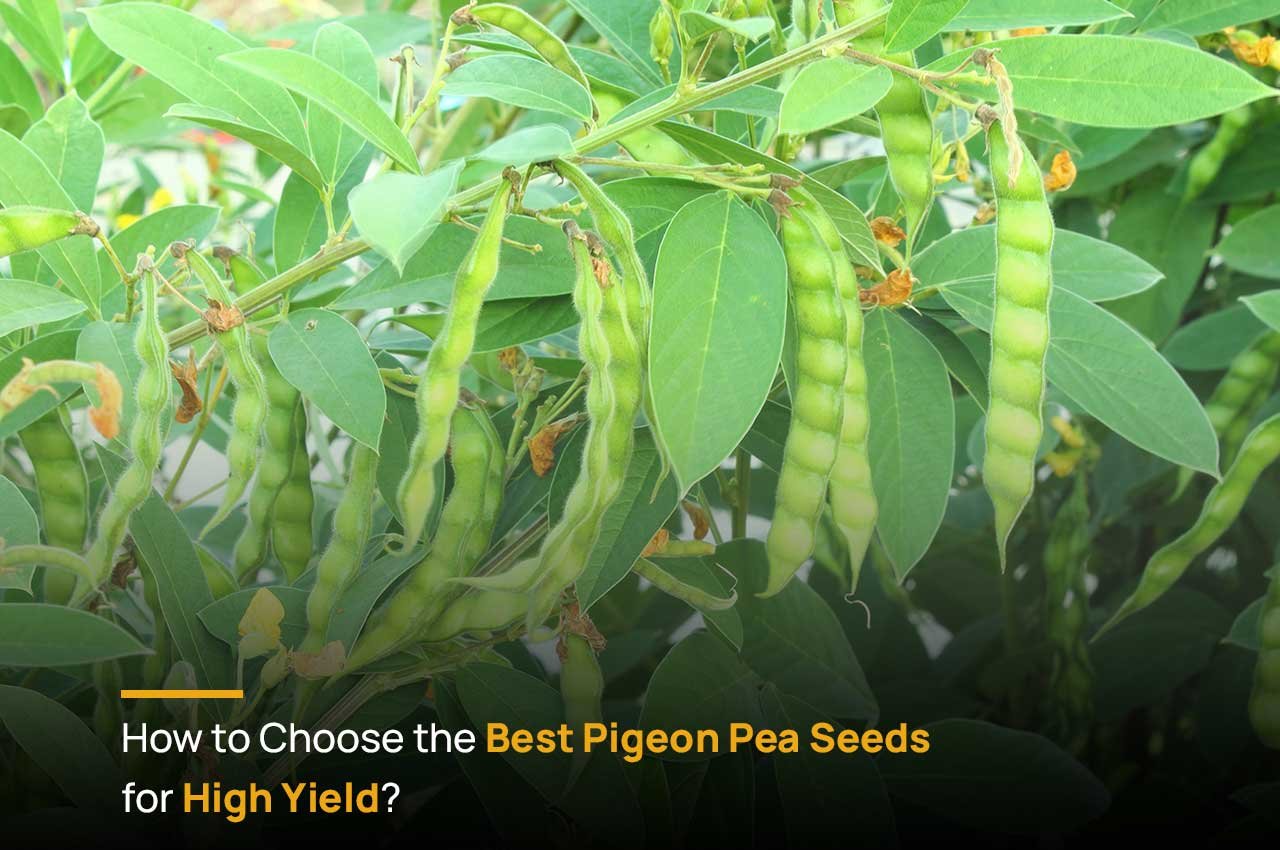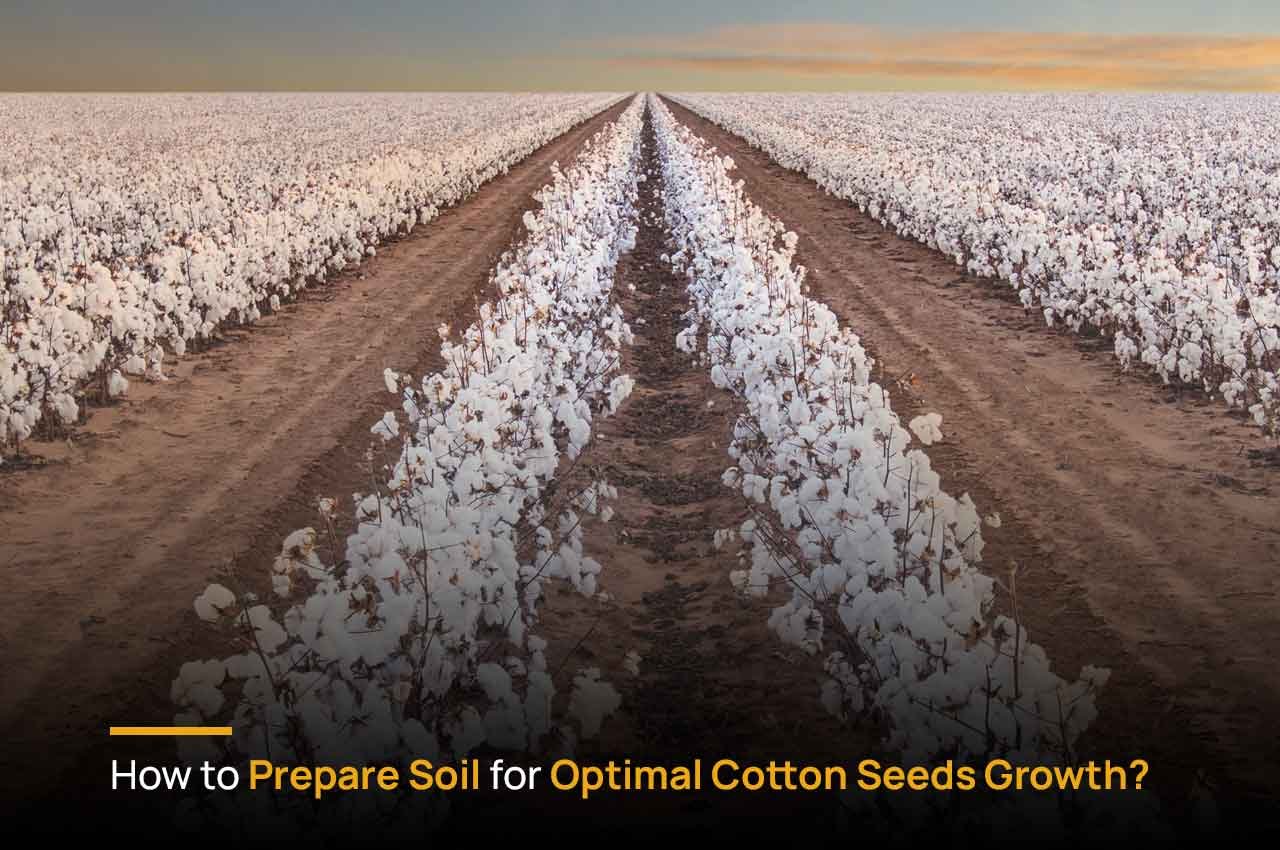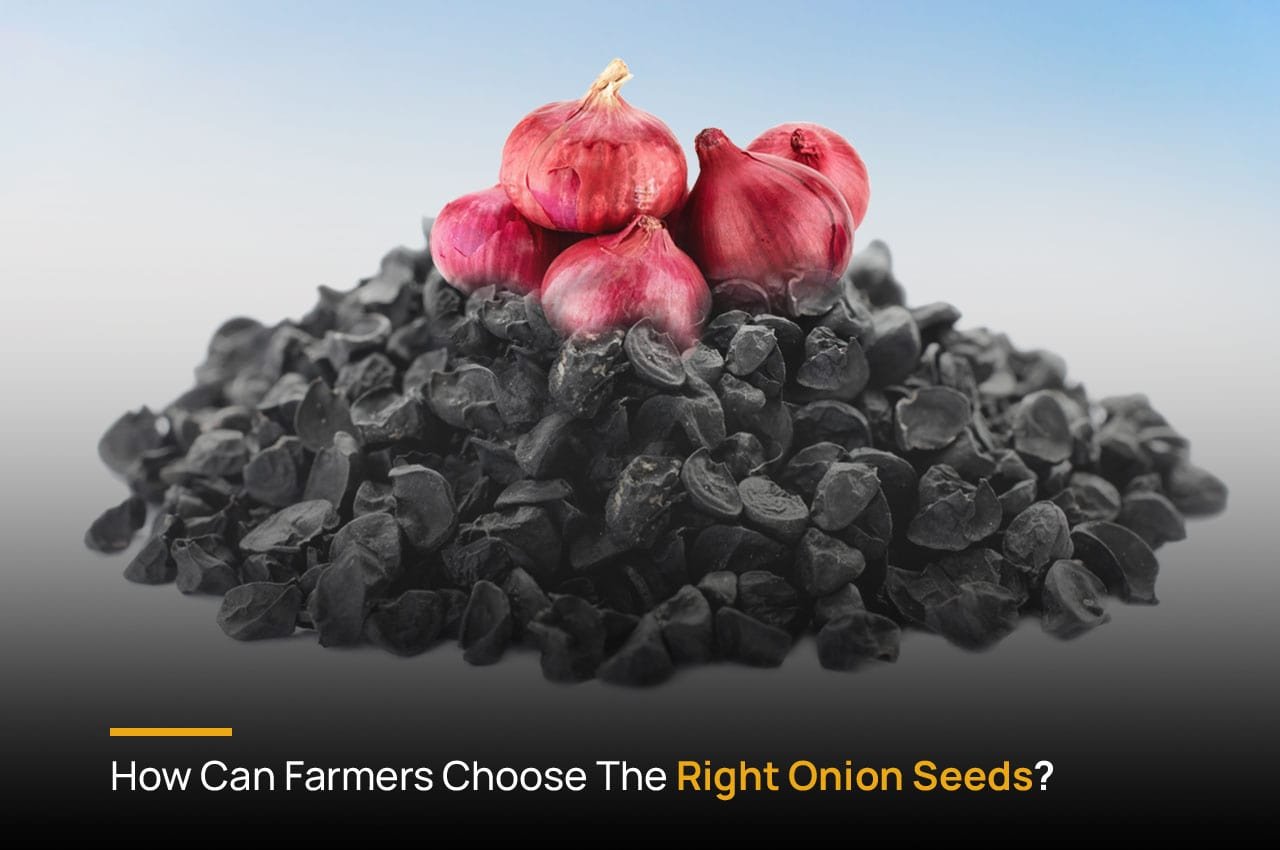
When and how should red onions be harvested, and how to know if they are ready?
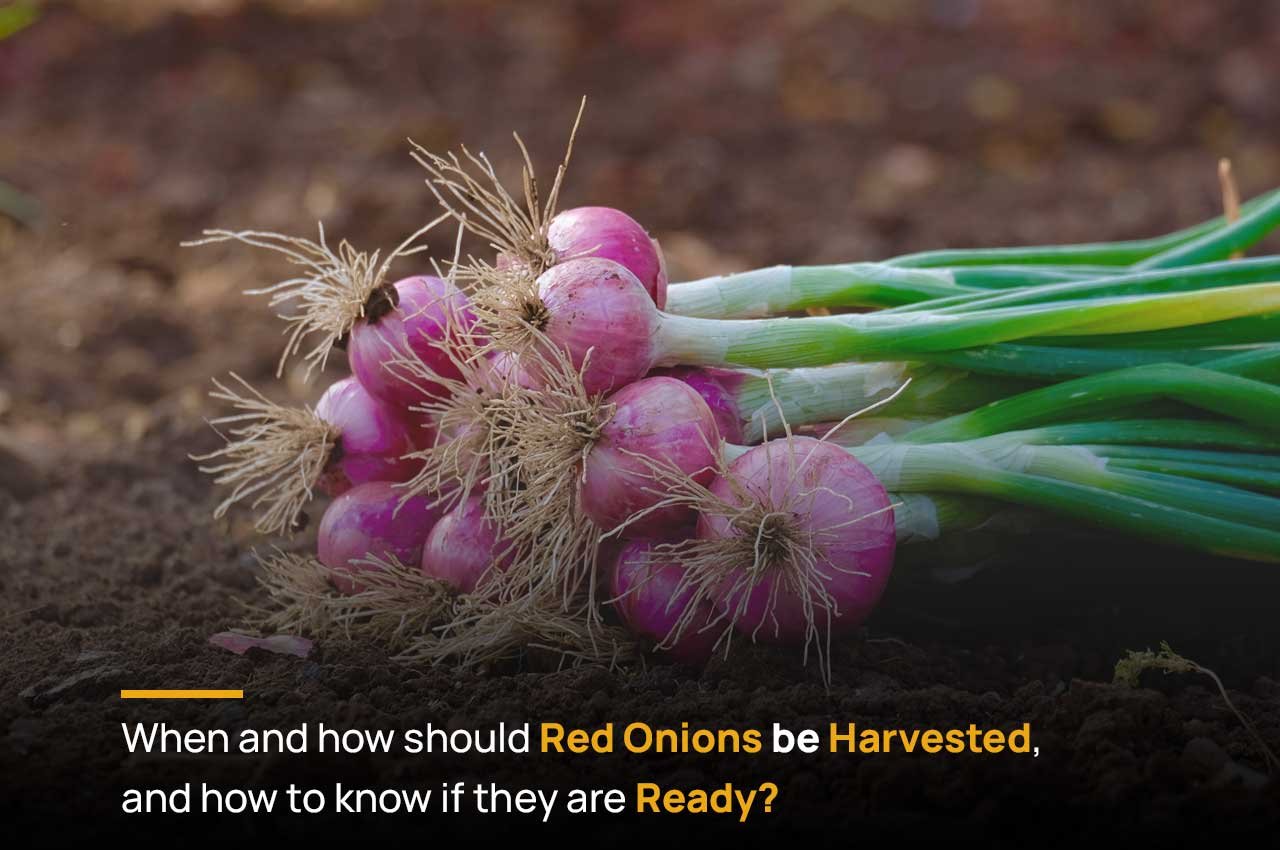
Red onions, with their vibrant colour and sharp flavour, are a staple in many kitchens around the world. Growing them from onion seeds can be a rewarding experience, but understanding the right time and method to harvest them is crucial for ensuring a successful crop. This blog will guide you through the process of determining when your red onions are ready for harvest and the steps to take to harvest them correctly.
Understanding the Growth Cycle of Red Onions
Before delving into the specifics of harvesting, it’s important to understand the growth cycle of red onions. Onions are typically grown from seeds, sets, or transplants. When grown from onion seeds, the process begins with sowing the seeds in a well-prepared seedbed or directly in the garden. The seeds germinate and grow into small seedlings, which eventually mature into full-sized bulbs.
The growth cycle of red onions can be divided into several stages:
Germination: This is the initial stage where the seeds sprout and small green shoots emerge.
Seedling Stage: The small shoots grow into seedlings, developing more leaves and a small bulb at the base.
Bulb Formation: As the plant matures, the bulb begins to form and enlarge. This is a critical stage for ensuring the onions develop properly.
Maturation: The bulbs continue to grow and the tops start to bend over, indicating that the onions are nearing maturity.
When Are Red Onions Ready for Harvest?
Determining the right time to harvest red onions is key to ensuring they have reached their full potential in size and flavour. Several signs indicate red onions are ready for harvest:
Foliage Condition: One of the most noticeable signs is the condition of the foliage. When the tops of the onion plants start to turn yellow and fall over, it’s a strong indicator that the bulbs are mature. This usually occurs 100-130 days after planting onion seeds, depending on the variety and growing conditions.
Bulb Size and Shape: Inspect the size and shape of the bulbs. Mature red onions should have a firm, well-formed bulb that is appropriately sized for the variety you are growing. You can gently dig around a few bulbs to check their size.
Neck Softness: The neck of the onion (where the foliage meets the bulb) should feel soft and pliable. If the neck is still stiff, the onion may need more time to mature.
Weather Considerations: Weather can also impact the timing of your harvest. It’s best to harvest red onions during a period of dry weather to minimize the risk of rot and ensure the bulbs are cured properly.
How to Harvest Red Onions?
Once you’ve determined that your red onions are ready for harvest, it’s time to proceed with the actual harvesting process. Here are the steps to follow:
Choose the Right Time: Aim to harvest your red onions on a dry, sunny day. This will help the onions dry out more quickly and reduce the risk of disease.
Loosen the Soil: Using a garden fork or shovel, carefully loosen the soil around the onions. Be gentle to avoid damaging the bulbs.
Pull the Onions: Grasp the tops of the onions and gently pull them out of the ground. Shake off any excess soil clinging to the bulbs.
Initial Drying: Lay the onions out in a single layer in a dry, well-ventilated area, such as a porch or garage. Avoid direct sunlight, which can cause the onions to sunburn. Allow the onions to dry for a few days to a week.
Curing: After the initial drying period, move the onions to a location where they can cure for 2-3 weeks. This process allows the outer layers to dry and form a protective skin around the bulb. A well-ventilated shed or covered area is ideal for curing.
Trimming and Storage: Once the onions are fully cured, trim the tops to about an inch above the bulb and cut off the roots. Store the onions in a cool, dry, and dark place. Mesh bags, wooden crates, or slatted shelves work well for storage, ensuring good air circulation.
Tips for Growing Red Onions from Seeds
Growing red onions from seeds requires patience and attention to detail. Here are some tips to ensure a successful crop:
Seed Selection: Choose high-quality onion seeds from a reputable supplier. Yashoda Hybrid Seeds offers a variety of excellent options, including Fursungi, CRIMSON, Nashik Red, OM 3 GOLD, Ivory, Pukhraj, f-708, and 3 PATTI. These varieties are known for their robust growth and flavorful bulbs.
Soil Preparation: Onions prefer well-drained, fertile soil with a pH between 6.0 and 6.8. Prepare the soil by adding compost or well-rotted manure to improve fertility and drainage.
Planting: Sow onion seeds in rows, spacing them about 1/4 inch deep and 1 inch apart. Thin the seedlings to 3-4 inches apart once they are a few inches tall. This spacing allows adequate room for the bulbs to develop.
Watering: Onions require consistent moisture, especially during the bulb formation stage. Water deeply and regularly, but avoid waterlogging, which can lead to rot.
Fertilizing: Feed your onion plants with a balanced fertilizer, focusing on higher nitrogen content during the early stages of growth. Switch to a fertilizer higher in phosphorus and potassium as the bulbs start to form.
Weed Control: Keep the onion bed free from weeds, which can compete for nutrients and water. Mulching can help suppress weeds and retain soil moisture.
Pest and Disease Management: Monitor your plants for signs of pests and diseases. Common issues include onion maggots, thrips, and fungal diseases. Use appropriate organic or chemical controls as needed.
Conclusion:
Harvesting red onions at the perfect time and using the right techniques is crucial for achieving a successful crop. For optimal results when growing red onions from seeds, it’s important to select high-quality seeds from Yashoda Seeds. Known for their superior growth traits and exceptional flavour, Yashoda Seeds’ varieties are a top choice. By selecting the best seeds and adhering to the guidelines in this blog, you can look forward to a plentiful yield of tasty red onions.
Identifying the signs of maturity, such as yellowing tops, appropriate bulb size, and softened necks, helps pinpoint the ideal harvest time. Implementing proper harvesting and curing practices ensures your red onions will be flavorful and have a long shelf life.





